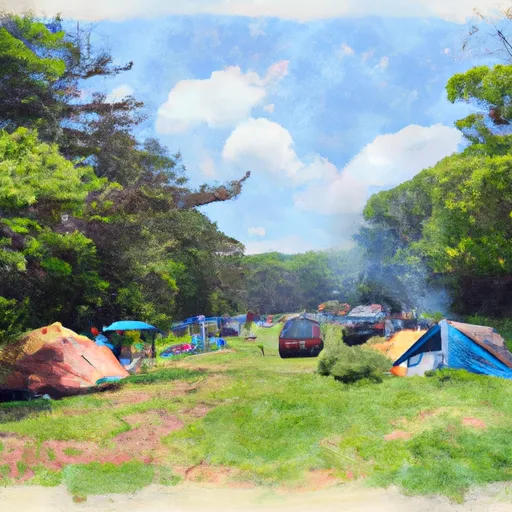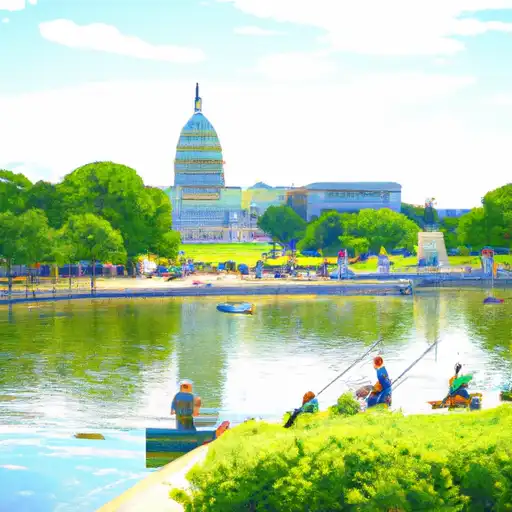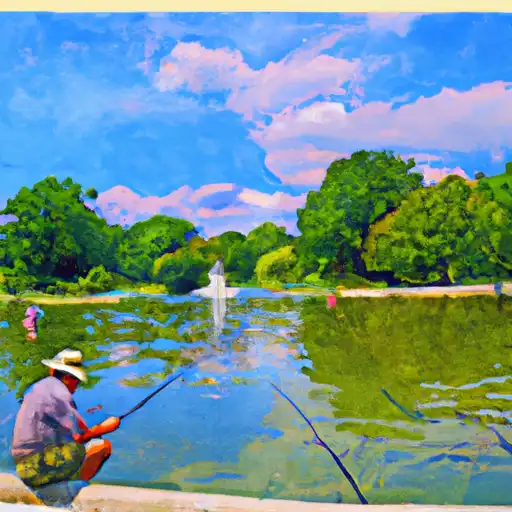Summary
Summers are hot and humid, with temperatures averaging around 85°F (29°C), and occasional thunderstorms. Winters are cold, with average temperatures around 40°F (4°C) and occasional snowfall. Spring and fall offer mild and pleasant weather.
Situated on the banks of the Potomac River, Washington, D.C. benefits from the river's hydrology constituents. The river provides opportunities for recreational activities such as boating, kayaking, and fishing. The Chesapeake and Ohio Canal, which runs parallel to the Potomac River, offers scenic hiking and biking trails.
In addition to the river, the city boasts numerous outdoor recreation options. The National Mall, a vast park in the heart of the city, provides space for walking, picnicking, and outdoor events. Rock Creek Park, a sprawling urban park, offers opportunities for hiking, biking, horseback riding, and wildlife viewing. Furthermore, the city has various neighborhood parks, gardens, and green spaces, providing residents and visitors with ample opportunities for outdoor recreation and relaxation.
Weather Forecast
Washington receives approximately 1083mm of rain per year, with humidity levels near 80% and air temperatures averaging around 14°C. Washington has a plant hardyness factor of 7, meaning plants and agriculture in this region tend to thrive during the non-winter months.
Area Campgrounds
| Location | Reservations | Toilets |
|---|---|---|
 Camp Loop D
Camp Loop D
|
||
 Camp Loop C
Camp Loop C
|
||
 Camp Loop B
Camp Loop B
|
||
 Camp Loop A
Camp Loop A
|
||
 Greenbelt Park
Greenbelt Park
|
||
 Andrews AFB Military
Andrews AFB Military
|

 New York Avenue Park
New York Avenue Park
 Mount Vernon Square
Mount Vernon Square
 Samuel Gompers Memorial Park
Samuel Gompers Memorial Park
 Cobbs Park
Cobbs Park
 Logan Circle Park
Logan Circle Park
 Capitol Reflecting Pool
Capitol Reflecting Pool
 Babcock Lakes (historical)
Babcock Lakes (historical)
 Lock House
Lock House
 Constitutional Gardens Pond
Constitutional Gardens Pond
 Reflecting Pool
Reflecting Pool